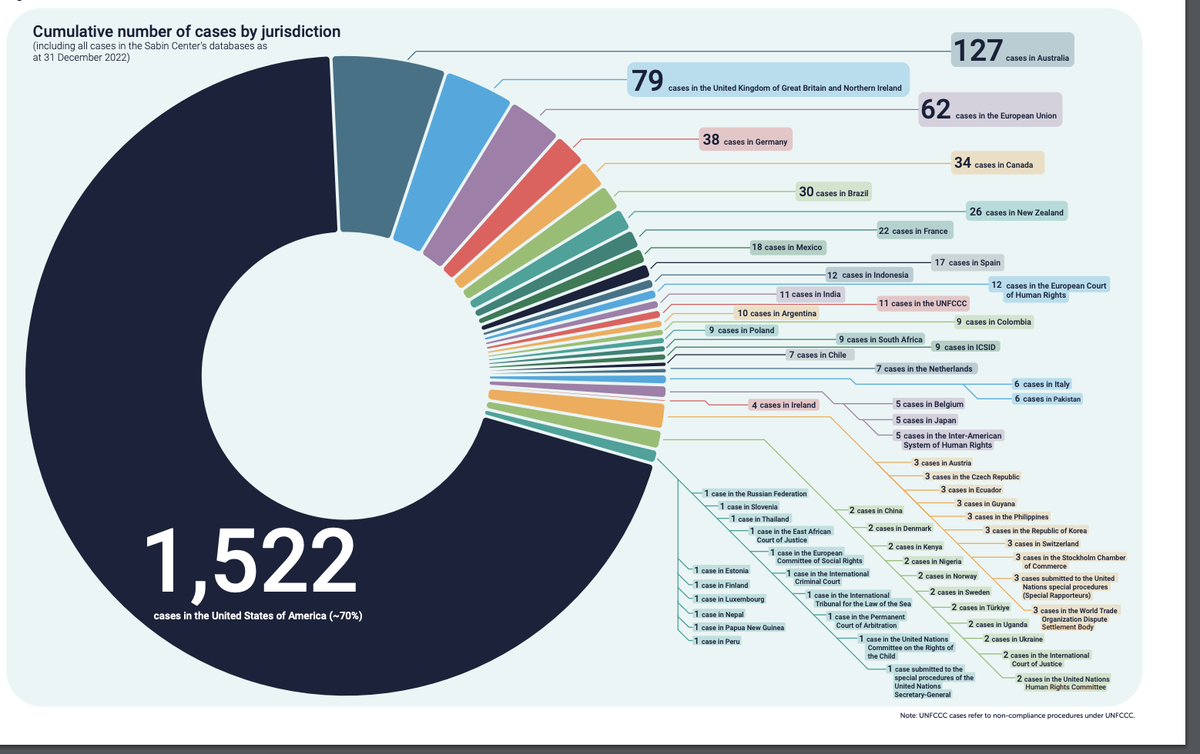We do tend to be indoors more often in poorly ventilated areas during the winter and this aids the airborne transmission of the virus.
| Photo Credit: Usman Yousaf
Q: Why do people catch colds and flu more often in the winter? Are viruses transmitted more easily in damp air, is the resistance of the population reduced by the cold and lack of sunlight or do the viruses simply take advantage of the greater time we spend indoors with each other?
A: There is no one reason why we get more’ colds and flu in winter. The rhinovirus, which is responsible for up to 40% of colds, cultures better at a temperature of 32 degrees C rather than the normal body temperature of 37 degrees C. However, 32 degrees C is the normal temperature of the lining of the nose, which is good news for the virus.
We do tend to be indoors more often in poorly ventilated areas during the winter and this aids the airborne transmission of the virus. Similarly, ultraviolet rays will kill viruses and this may be another factor as there is obviously much less sunlight in winter.
However, it is believed that one of the biggest factors for the great increase in colds that occurs in early autumn and just after Christmas is the return of school children and students to schools and colleges.
Children and teenagers are far more susceptible to infection as their immune system learns how to combat more infections as they get older and have been exposed to more of the 200 or so viruses responsible for the common cold.
Densely packed nurseries, schools, and colleges provide an ideal breeding ground for viruses that then spread out into the community, aided by the cold damp weather.













